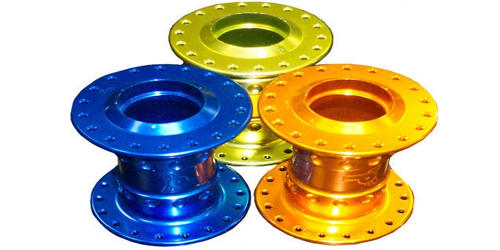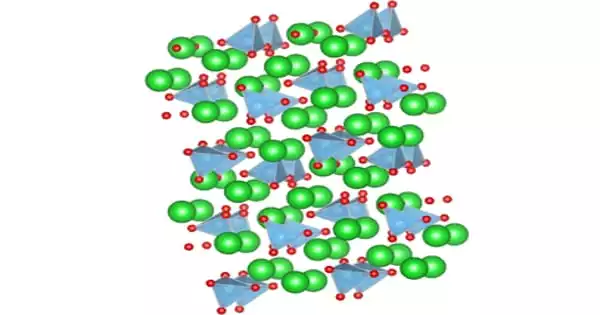A chromate conversion coating expert is very adept at working with alloys such as aluminum. It is also known as alodine coating is a type of conversion coating used to passivate steel, aluminum, zinc, cadmium, copper, silver, titanium, magnesium, and tin alloys. It is employed to impart brightness and improve the corrosion resistance of bare metal and as a substrate to provide improved paint adherence on the nonferrous surfaces. The coating serves as a corrosion inhibitor, as a primer to improve the adherence of paints and adhesives, as a decorative finish, or to preserve electrical conductivity. It also provides some resistance to abrasion and light chemical attack (e. g. from dirty fingers) on soft metals. They are obtained by chemical reaction with the metal being treated, to form a complex chromate film over the entire surface. Chromate conversion coating is a chemical immersion process that is used to passivate the following types of metals: Aluminum, Steel, Zinc, Cadmium, Copper, Silver, Magnesium, Tin, etc.
Chromate conversion coatings are commonly applied to everyday items such as screws, hardware, and tools. Chromate conversion is a style of conversion coating used as a supplemental coating placed over cadmium or zinc plating, as a way to coat the primary finish for aluminum, as a decorative finish, to retain electrical conductivity, as a corrosion inhibitor, or primer. They usually impart a distinctively iridescent, greenish-yellow color to otherwise white or gray metals. This characteristic provides aluminum chromate conversion coatings with a unique self-healing characteristic if scratched or abraded. The coating has a complex composition including chromium salts and a complex structure. In aerospace applications, chromate conversion coatings are used on aircraft hulls, including shock absorbers, side and torsion struts, landing gear, and flight control systems such as rudder systems and wing parts.
The process is also called alodine coating, a term now in common usage after the trademarked Alodine process of Henkel Surface Technologies. They are traditionally used in the corrosion protection and paint-pretreating industries, with excellent results for corrosion protection. The coatings are applied using conventional spray or dip processing equipment. Due to the extremely thin nature of aluminum chromate conversion coatings, there is no practical way to measure the coating thickness or adhesion. The coating is primarily applied as a corrosion inhibitor, primer, decorative finish or to retain electrical conductivity. Generally, the adhesion of the aluminum chromate conversion coating can be determined by the evaluation of secondary paint applied to the chromated aluminum. The appearance of aluminum chromate conversion coatings is also largely dependent on the specific alloy chromated.
















